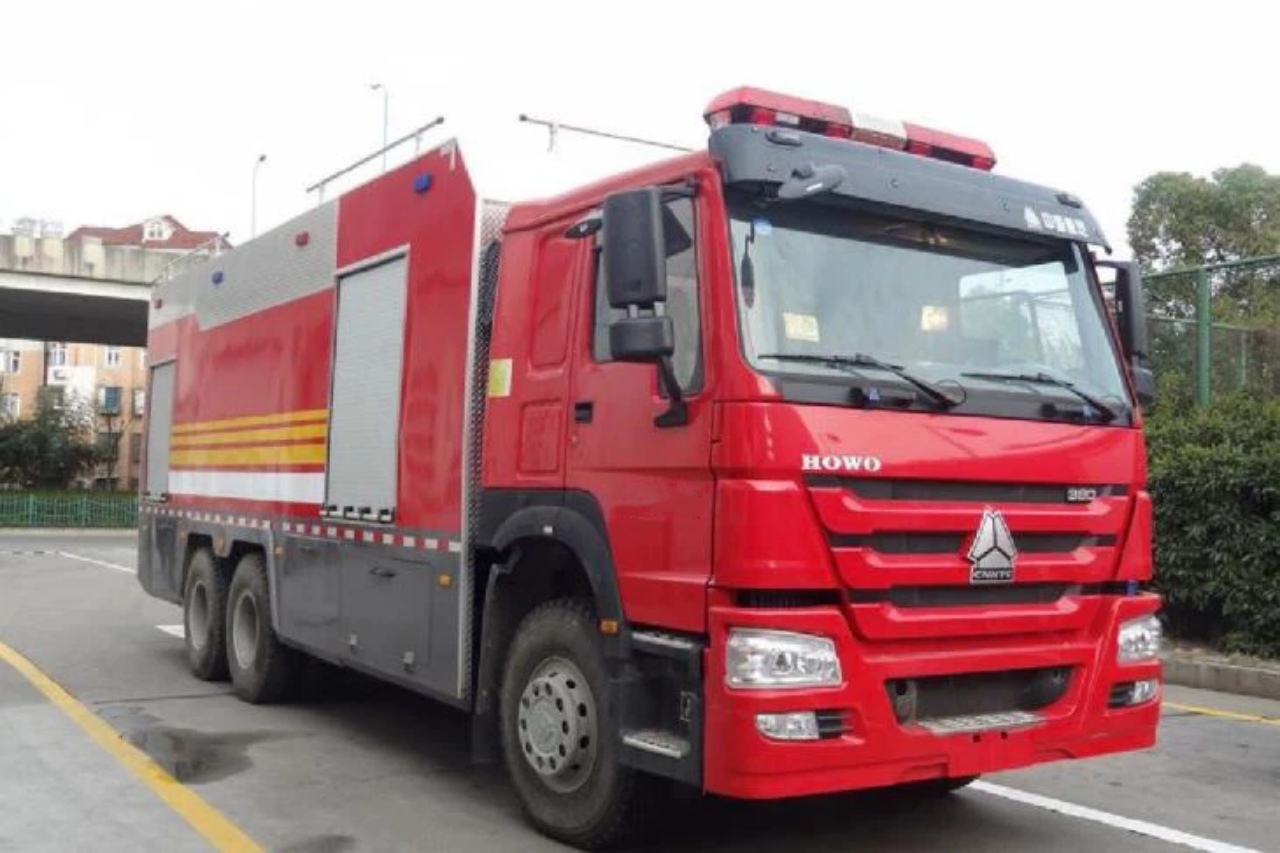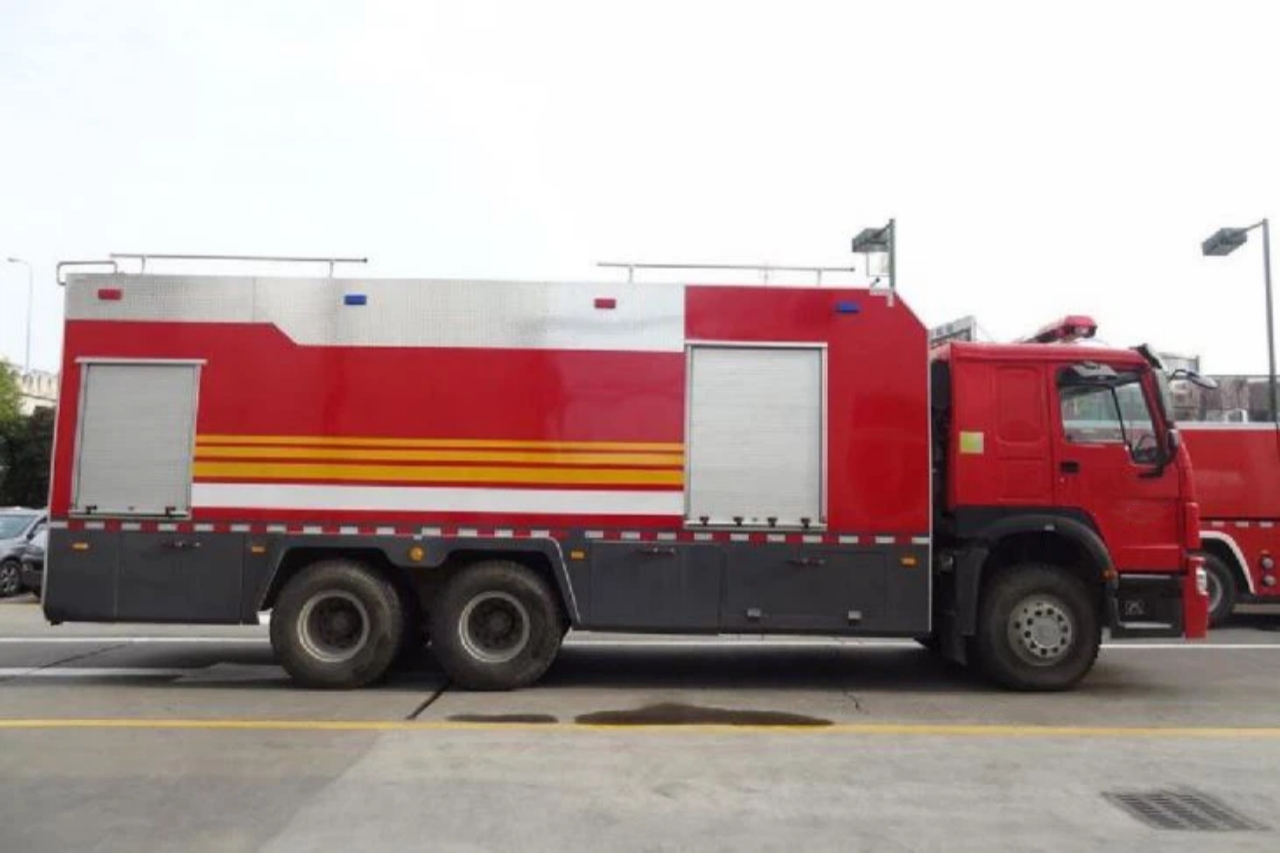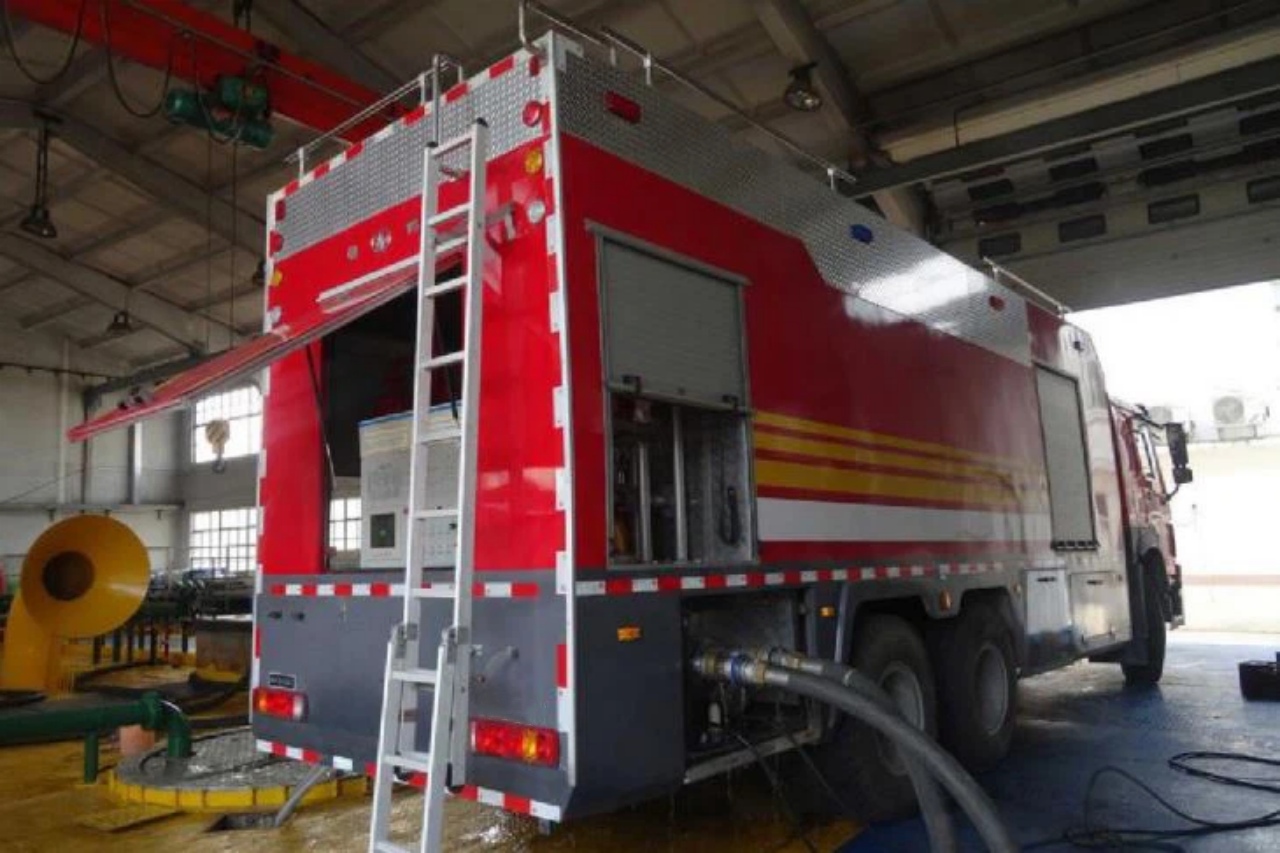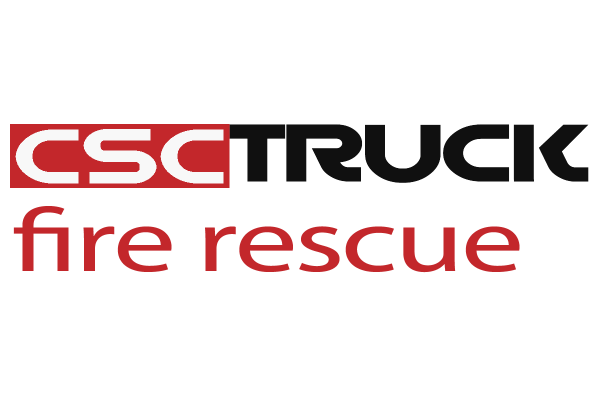Foam Transfer Truck: Understanding the Functionality of Foam Transfer Trucks
Foam transfer trucks are specialized vehicles designed to transport and distribute firefighting foam concentrate to the site of emergencies, particularly large-scale fires. These trucks are essential in scenarios where traditional water-based fire suppression methods are not effective or efficient, such as in chemical fires, oil spills, or fires involving flammable liquids. Foam transfer trucks ensure that firefighting teams have the necessary resources to combat fires effectively, often in remote locations or areas where foam needs to be transported over long distances.
What Is a Foam Transfer Truck?
A foam transfer truck is a specialized vehicle equipped with a tank or multiple tanks that store large quantities of firefighting foam concentrate. The truck is designed to deliver this foam concentrate to fire engines or other fire suppression systems at the scene of a fire. The foam concentrate, when mixed with water and air, forms a blanket of foam that smothers fires, cools the fire’s fuel, and prevents the release of flammable vapors. These trucks are an integral part of firefighting operations, especially when dealing with hazardous materials or large-scale industrial fires.
The key components of a foam transfer truck include the foam concentrate tank, pumps, hoses, valves, and various other fittings that allow the foam to be transferred efficiently. In addition to transporting foam, these trucks may be equipped with systems for monitoring and controlling the foam’s delivery rate and pressure, ensuring that firefighters have precise control over the foam application.

The Role of Foam in Firefighting
Foam is an effective firefighting agent due to its ability to cover and suffocate flames. When foam is applied to a fire, it forms a blanket over the burning material. This blanket prevents oxygen from reaching the fire, effectively cutting off the fuel’s access to one of the 3 elements needed for combustion (fuel, heat, and oxygen). The foam also cools the fuel by trapping heat, reducing the chances of re-ignition. The versatility of foam is crucial in fighting fires that involve flammable liquids, chemicals, or gases, as water alone may not be effective in such situations.
There are different types of firefighting foams, such as Class A foam (used for ordinary combustibles like wood, paper, and trash) and Class B foam (designed for flammable liquids). Foam transfer trucks typically carry Class B foam, which is more suited to large-scale fires involving oils, chemicals, or fuels. This foam is usually mixed with water in a proportionate ratio, typically between 3-6%, depending on the type of foam used and the specific fire situation.
Key Features and Components of Foam Transfer Trucks
Foam transfer trucks are equipped with a range of features that enhance their efficiency and ensure the safe and reliable delivery of foam. These include:
1. Foam Concentrate Tank
The foam concentrate tank is the heart of the foam transfer truck. These tanks are typically made of stainless steel or other corrosion-resistant materials to withstand the harsh chemicals in foam concentrate. The size of the tank varies, but they are usually large enough to carry thousands of gallons of foam concentrate, depending on the size and design of the vehicle.
Some foam transfer trucks are equipped with multiple tanks to allow for the transport of different types of foam concentrates or to increase capacity. The tanks are designed to be tightly sealed to prevent any leaks, ensuring the foam concentrate is stored safely during transport.
2. Pumps and Discharge System
Foam transfer trucks are equipped with powerful pumps that are used to transfer the foam concentrate from the tank to the fire engines or other foam delivery systems. These pumps are typically high-capacity units capable of moving foam concentrate at high pressure, ensuring that it reaches the required site efficiently.
The discharge system is typically configured with multiple hose connections and valves, allowing for the precise delivery of foam to different locations as needed. The system may also include a foam eductor, a device that mixes the foam concentrate with water to create the foam solution required for fire suppression.
3. Foam Mixing System
To ensure that the correct foam-to-water ratio is maintained, many foam transfer trucks are equipped with a foam mixing system. This system can automatically mix the foam concentrate with water to the appropriate ratio, allowing for consistent foam production. Some advanced systems include digital controls that monitor the foam concentration and make adjustments as necessary, ensuring that the foam is always delivered at the ideal strength for maximum effectiveness.
4. Monitoring and Control Systems
Modern foam transfer trucks often include digital control systems that allow the operator to monitor various parameters, such as foam concentrate levels, pump pressure, and flow rates. These systems may also include alarms to alert operators when there is an issue, such as a low foam level or a pressure drop. This level of control helps ensure that the foam is deployed accurately and efficiently, especially during large-scale fire operations.
5. Customization for Specific Needs
Foam transfer trucks can be highly customized to meet the unique needs of different firefighting operations. For example, trucks designed for industrial use may include additional safety features, such as explosion-proof components, given the nature of the fires they may encounter. Similarly, trucks used in aviation firefighting may be equipped with special foam systems designed to handle fuel-based fires at airports.

Applications of Foam Transfer Trucks
Foam transfer trucks are vital in various fire suppression scenarios. Some of the most common applications include:
1. Oil and Chemical Fires
In the case of oil and chemical fires, foam is an essential tool. Traditional water-based fire suppression methods may not be effective, as water can cause flammable liquids to spread. Foam, on the other hand, creates a barrier between the fire and the surrounding environment, preventing the fire from spreading and extinguishing it more effectively.
2. Airport Firefighting
Airports are high-risk areas for fires due to the presence of aviation fuel, which can ignite easily. Foam transfer trucks are often stationed at airports to quickly deploy foam in case of an aircraft fire or fuel spill. Foam transfer trucks ensure that adequate foam supplies are available for firefighting teams to suppress aviation-related fires.
3. Industrial Fires
Many industrial sites, such as refineries, chemical plants, and manufacturing facilities, store and process large quantities of flammable materials. In these environments, foam transfer trucks are indispensable for managing large fires and hazardous material incidents. The ability to transport foam directly to the site allows firefighters to begin suppression efforts quickly and with the right type of foam concentrate.
4. Wildfire Support
In some cases, foam transfer trucks can be used to provide foam to wildfire suppression teams working in difficult-to-reach areas. While foam is not typically used in the same way as in structural or industrial fires, it can help in specific areas where traditional water systems may not be available or effective.
Conclusion
Foam transfer trucks are vital components in the arsenal of firefighting equipment, particularly for fighting fires that involve hazardous materials such as oils, chemicals, and fuels. Their ability to transport, mix, and deliver firefighting foam ensures that responders have the resources they need to tackle complex and dangerous fires efficiently. As firefighting technology continues to evolve, foam transfer trucks will remain a critical tool in ensuring that firefighters are prepared to protect lives, property, and the environment in the face of increasingly challenging fire scenarios.








